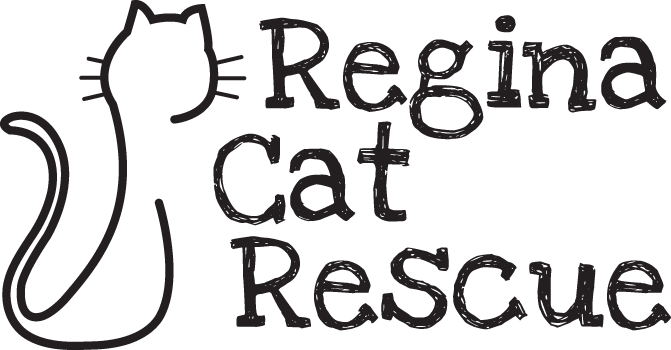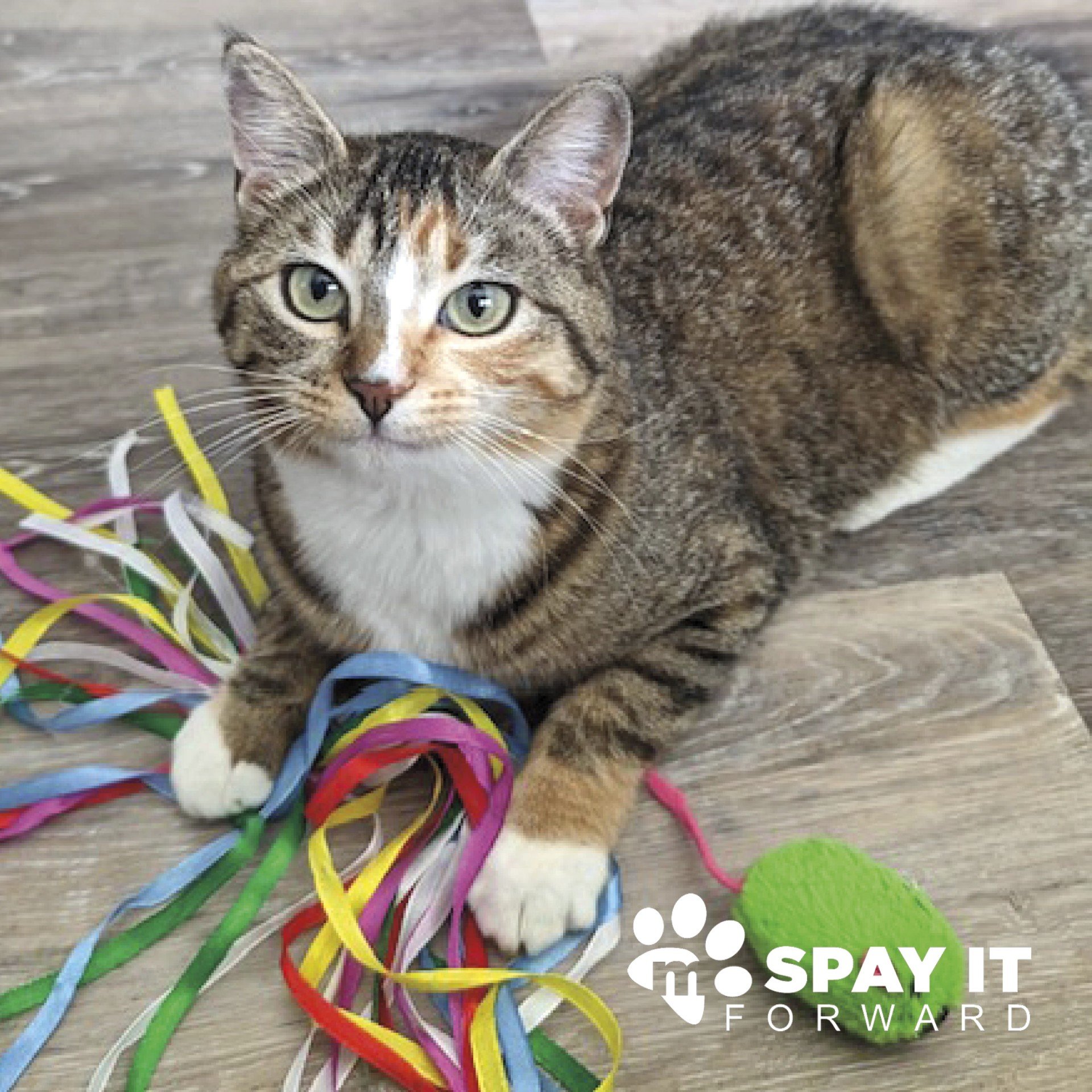Regina Cat Rescue volunteers share the story of feral cats in Regina, Saskatchewan. Regina Cat Rescue maintains 30 feral cat colonies in the city and also provides support to Regina citizens who care for their own backyard colonies. The organization runs a Trap-Neuter-Release (TNR) program.
Benefits of maintaining
COMMUNITY CAT Colonies
by Amy Snider
In major cities all across North America, efforts are being made to help reduce the suffering of feral cats. Through the use of an initiative often called a Trap, Neuter, and Release Program (TNR), we have been able to successfully control the number of feral cats living in our neighbourhoods.
What a TNR program does is trap cats that do not belong to anyone, take them to a veterinary clinic to be sterilized (neutered or spayed), and return those to the street that are clearly feral and that could not adjust to life with people in a home. Any cats that are tame (often cats who have been abandoned by their owners or who simply got lost) are placed in foster care and then adopted out into loving, permanent homes.
For the cats that are returned to the streets where they were trapped, permanent food and shelter stations are set up in what are called “community cat colonies.” Anywhere from four to fifteen cats may group together to form a single colony. Here in Regina, Regina Cat Rescue (RCR) has established over thirty community cat colonies, with each one being visited by a volunteer every day of the year to supply fresh food and water and to check that everything is okay. The food and shelter stations are often located in the backyards of people who have given RCR the permission to do so. They are often very happy to have their neighbourhood cat population being taken care of by RCR volunteers.
As mentioned, these colonies keep the number of community cats down instead of allowing them to continue reproducing out of control. Some of RCR's colonies have been operating for up to 25 years, with great success. There are several other advantages to keeping backyard cat colonies. As you can imagine, cats who are being fed and cared for roam less and are less of a bother to people living in the neighbourhood. Established colonies mean less territorial aggression, and the cats living in them will spray less (mark territory with urine) and have fewer of those loud cat fights that can wake people up at night.
In addition, having a maintained cat population will keep the number of rodents low in a neighbourhood. Even well fed cats will still hunt mice. This is often one reason why people appreciate having a cat colony in their neighbourhood.
Perhaps one of the biggest advantages of the TNR program and the resulting community cat colonies is the fact that we are able to reduce the suffering that community cats endure. Cats living on their own on the street suffer from hunger, thirst, and extreme cold. Often we see and hear of horrible situations that homeless cats are found in – either frozen under cars or found dead as a result of malnutrition and poor health. It is through no fault of their own that their pain and hardships continue to grow with their increasing population. It is satisfying to know that we are doing something for a few of these animals, and hopefully with time, will be reaching even more of them.
Feeding stray and feral cats without first trapping and sterilizing them is unfortunately not as good an idea as first appears. While it makes us feel good to feed hungry animals, the better nutrition will only allow them to have larger litters when they reproduce – adding more cats to the same, difficult life on the street. Two unsterilized breeding cats can produce over 80,000 cats in their lifetime!
If you’ve noticed stray cats in your neighbourhood and would like to help them, please contact RCR or the Regina Humane Society to discuss potential options for sterilization and information on how to set up a managed community cat colony. There is also a lot of information in other articles in this section of our website as well:










